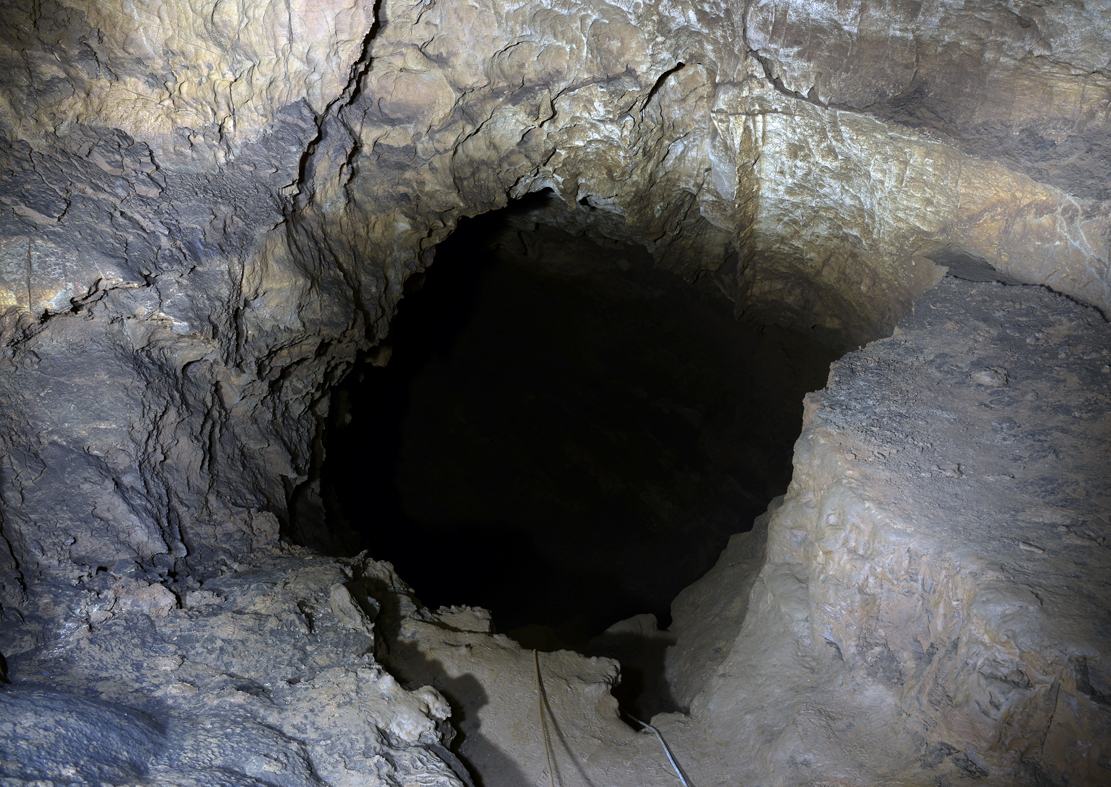
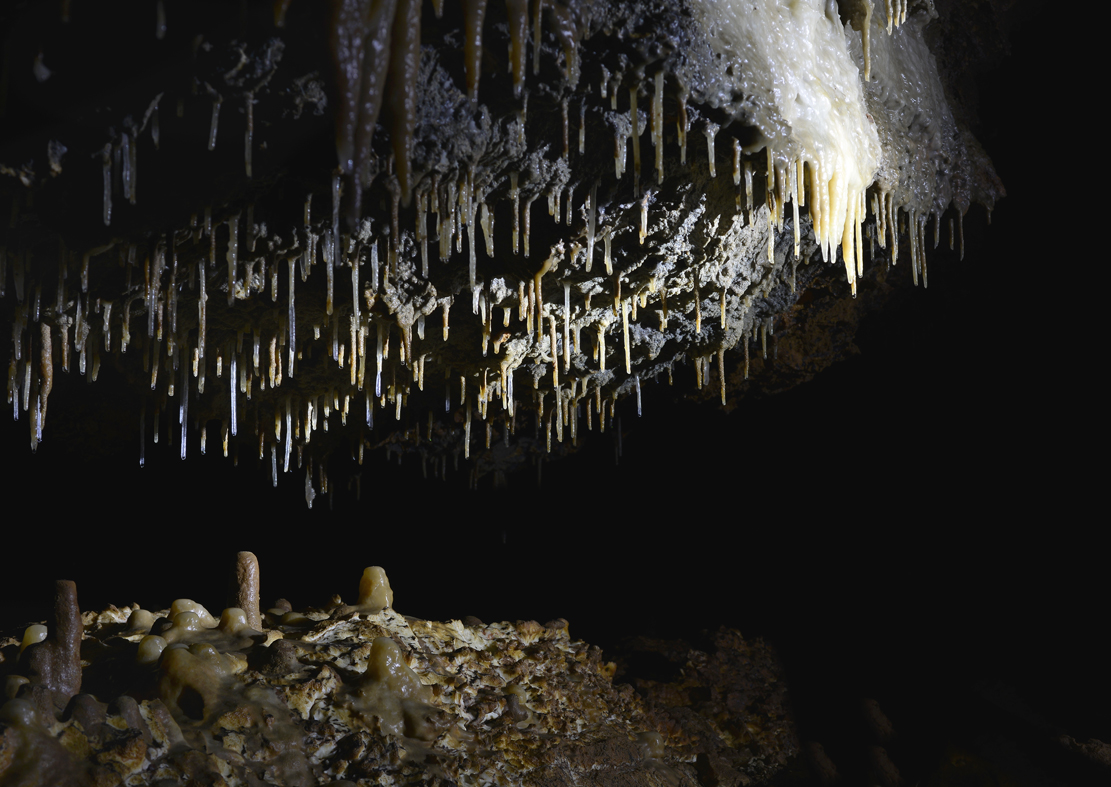
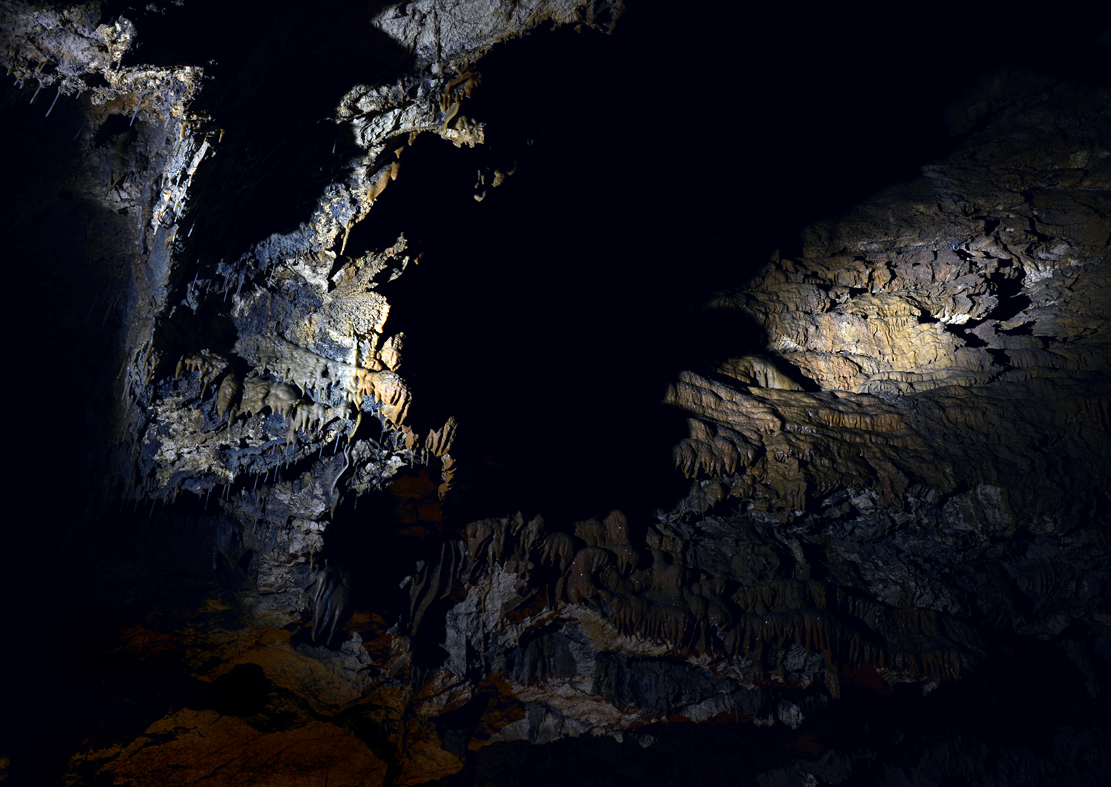
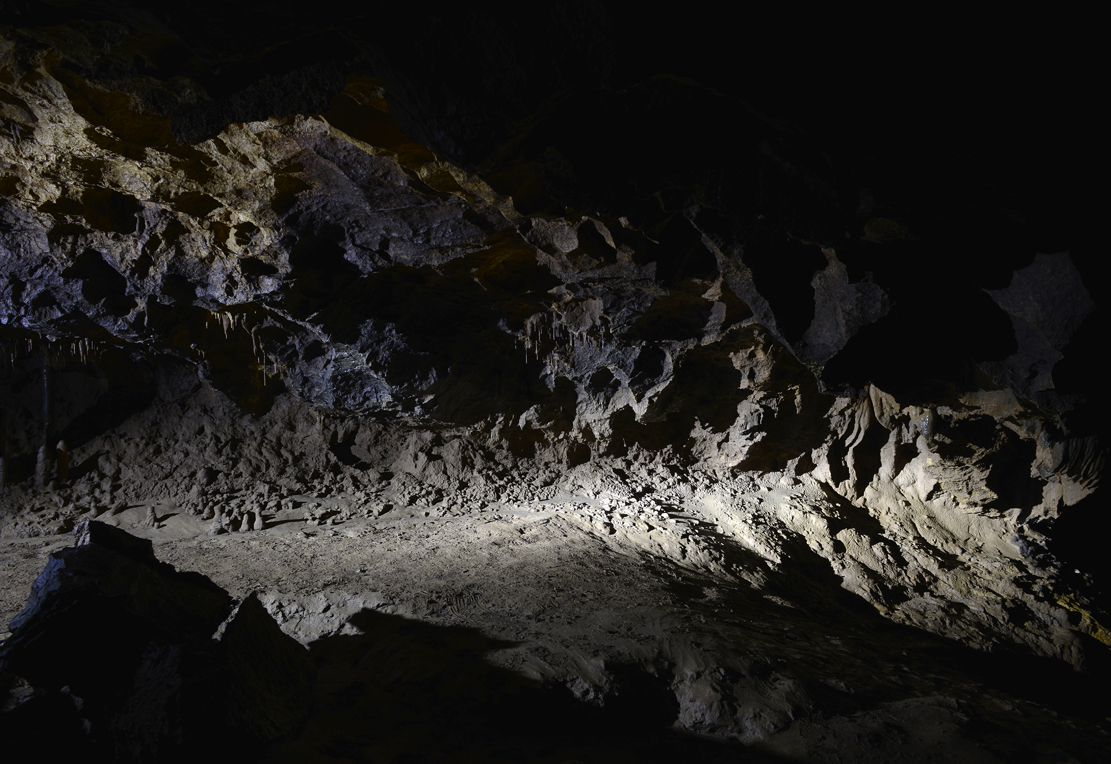
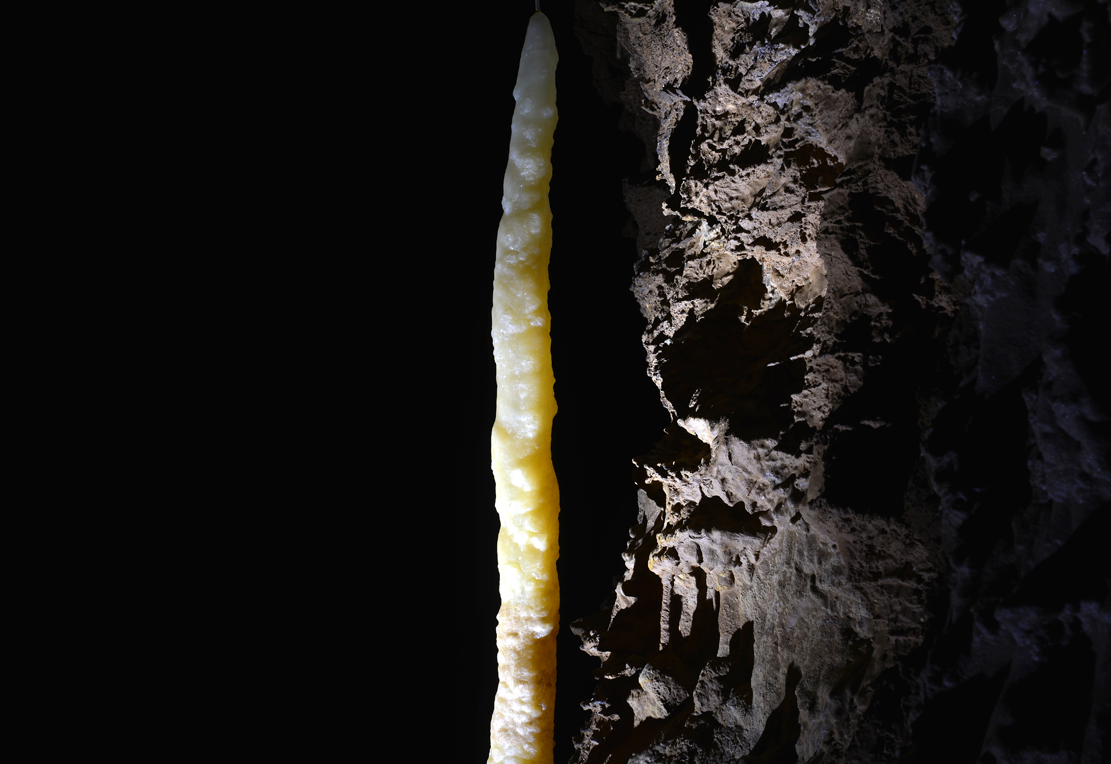
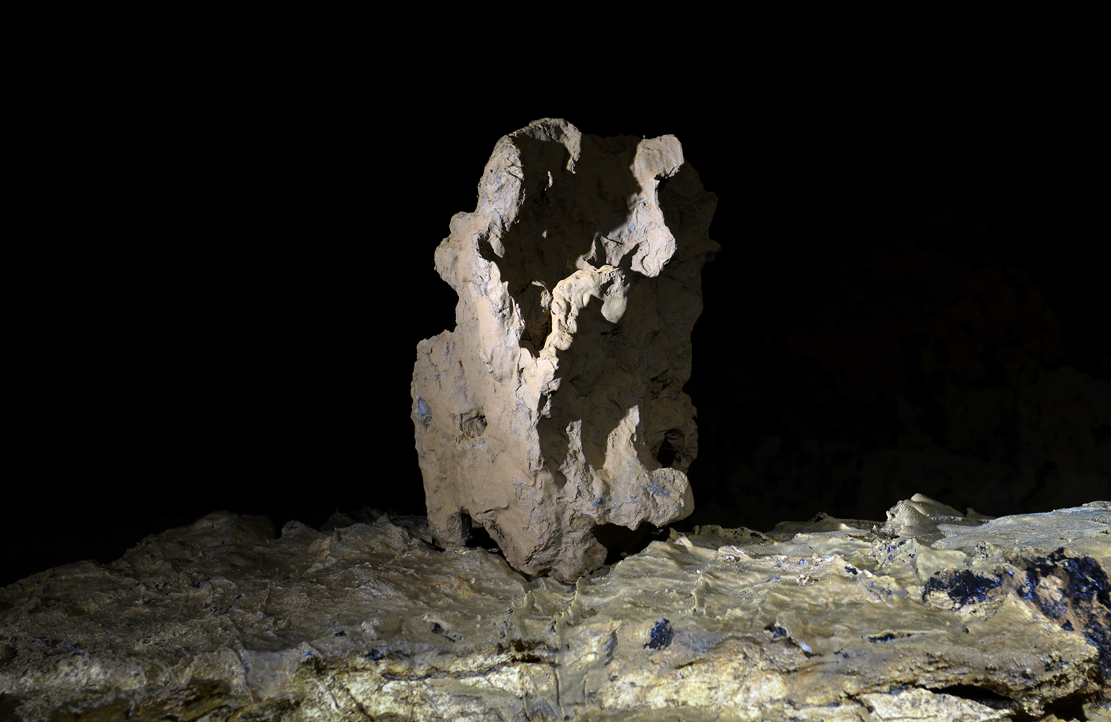
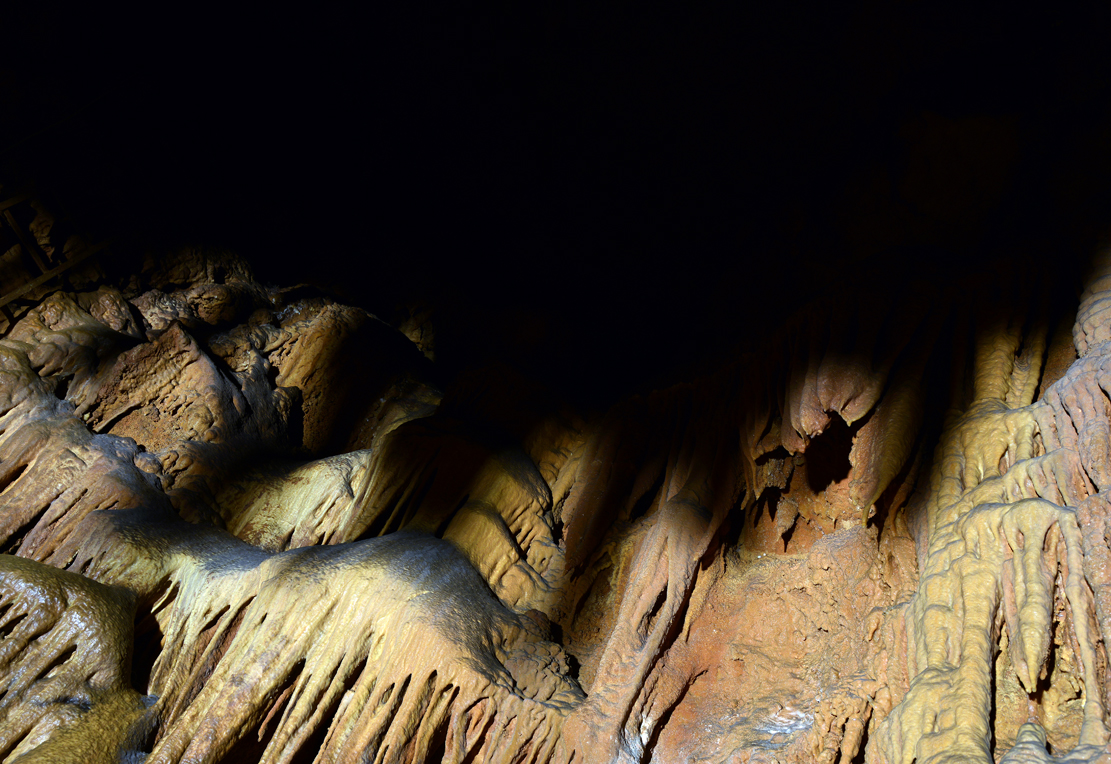
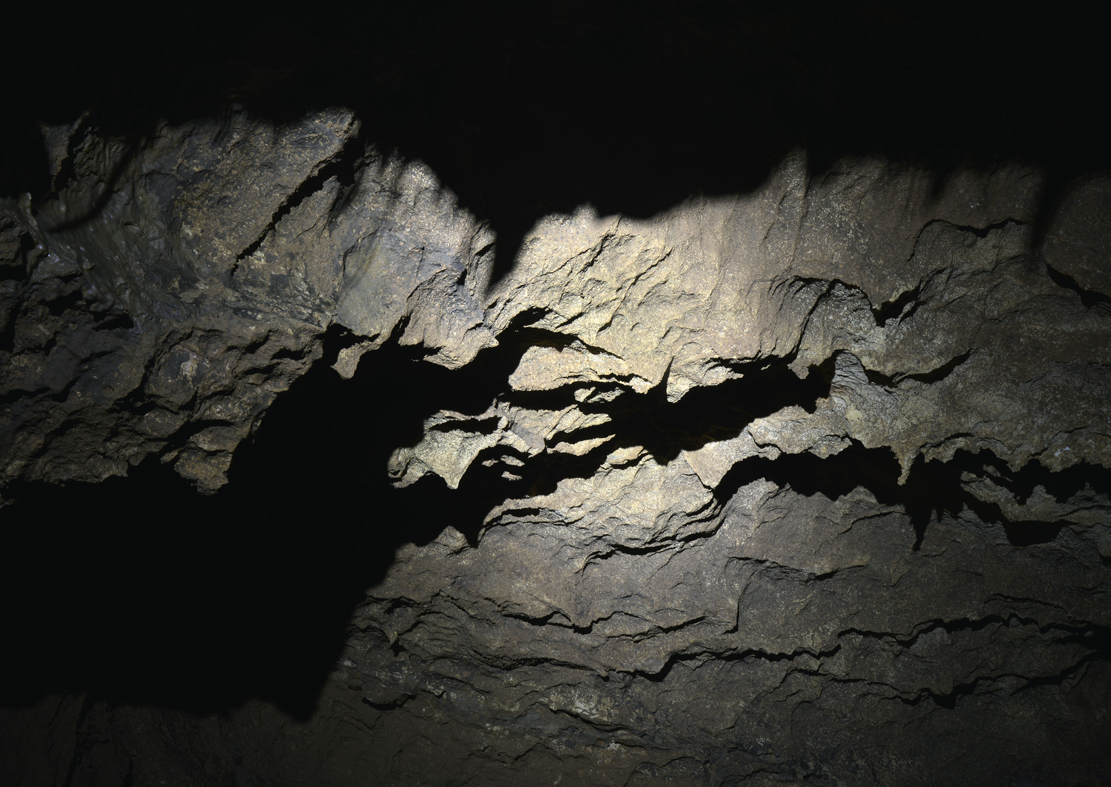
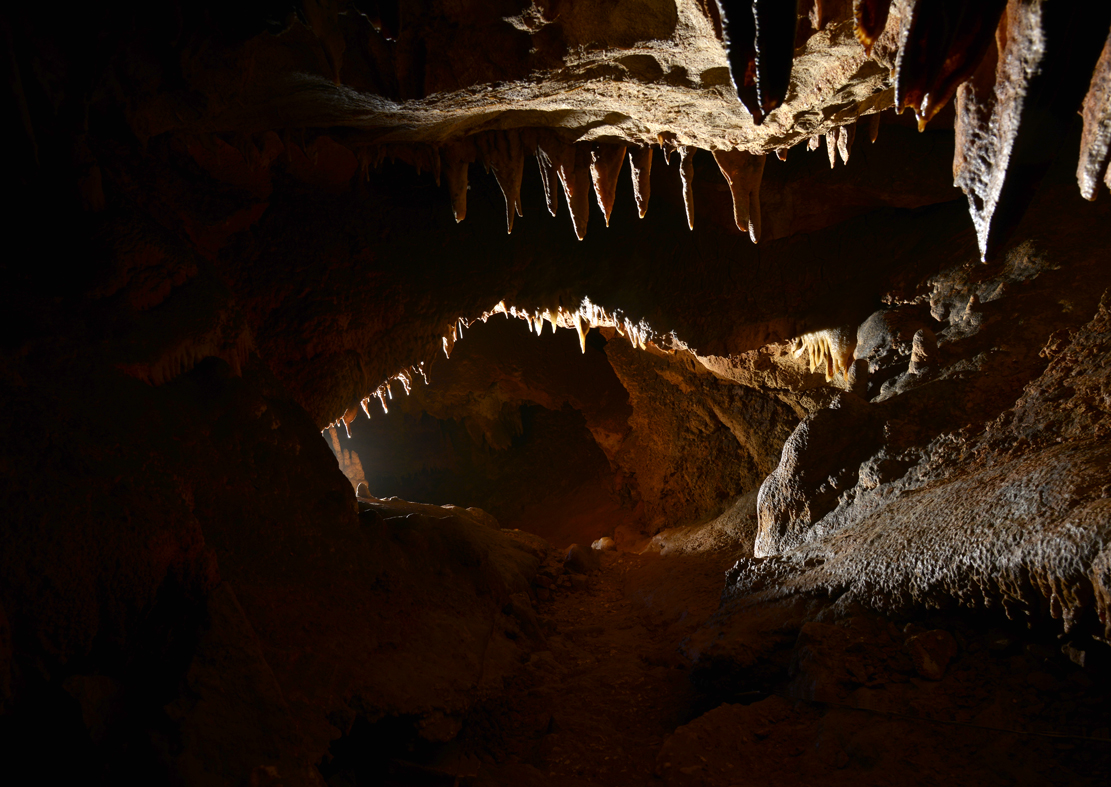
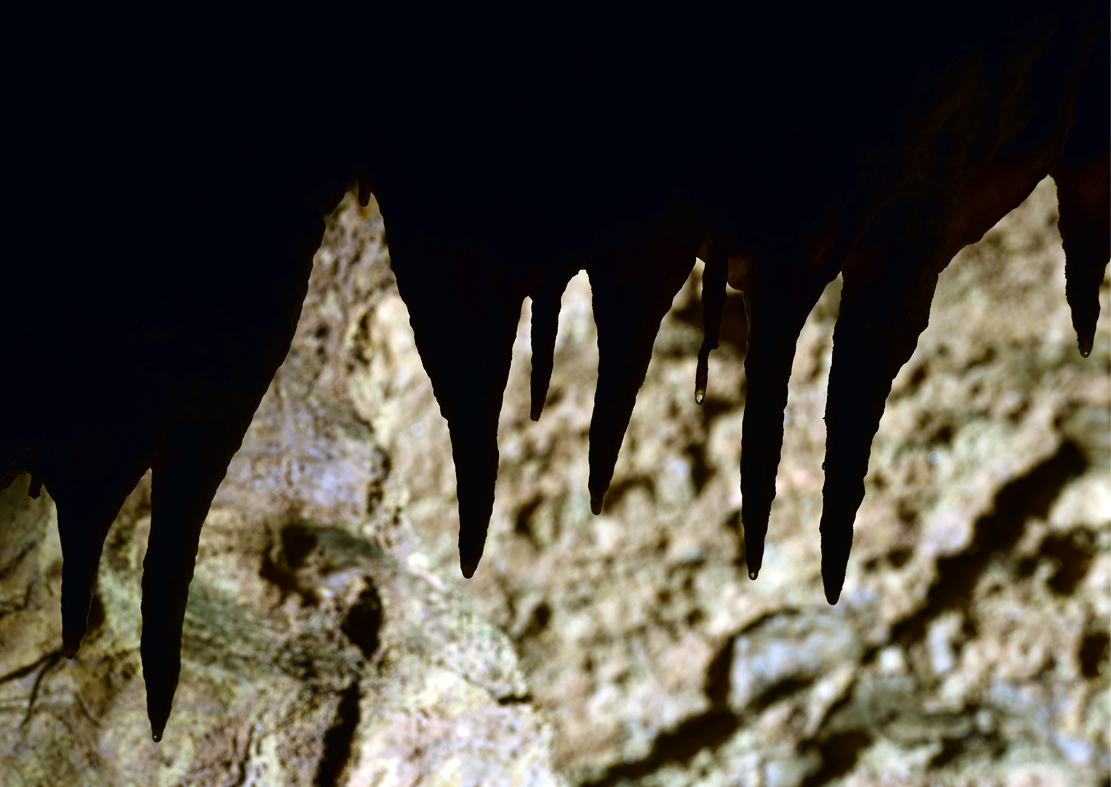
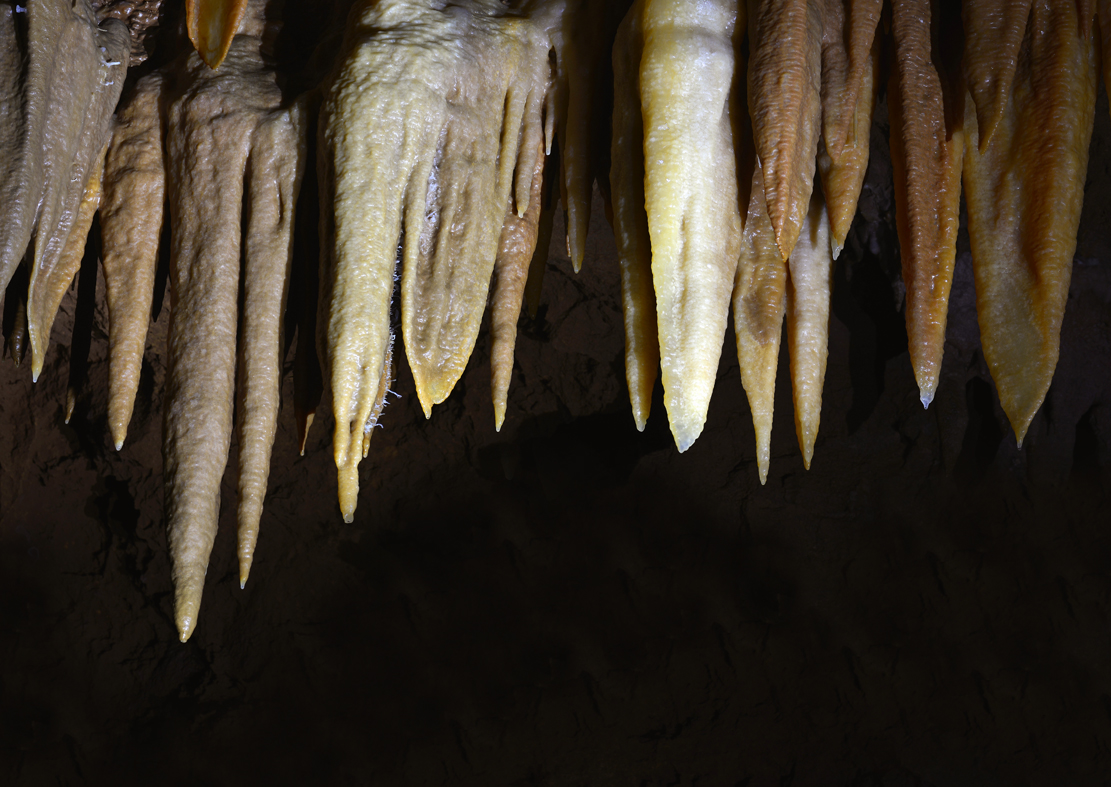
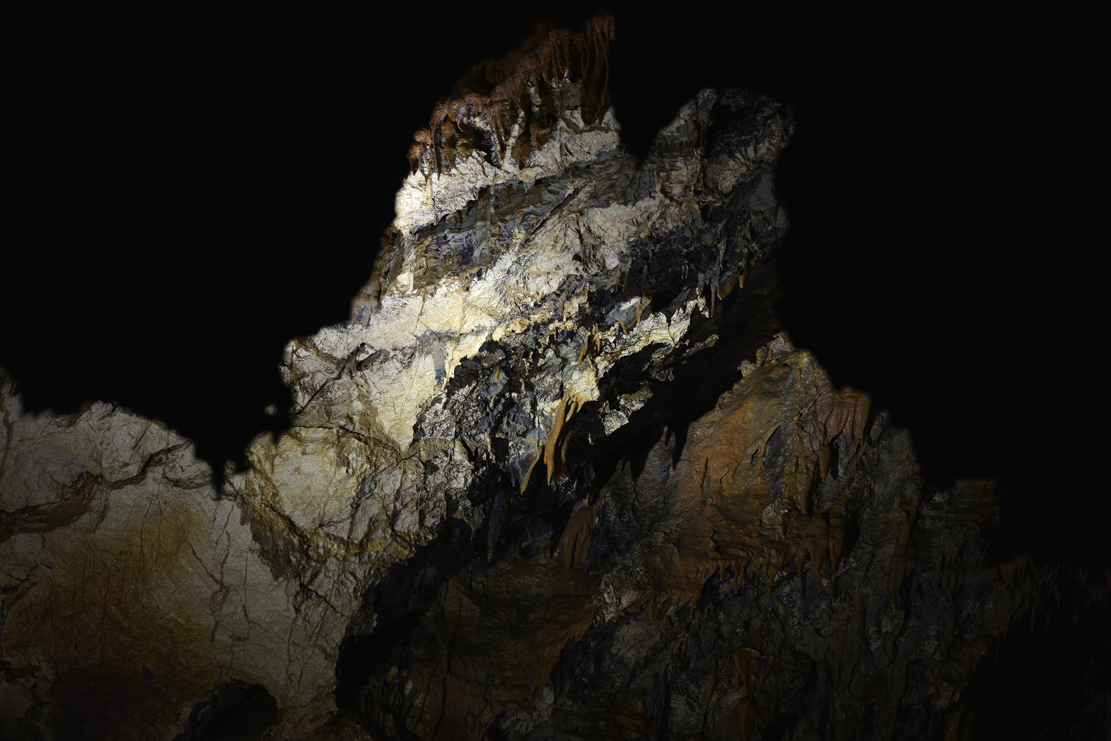
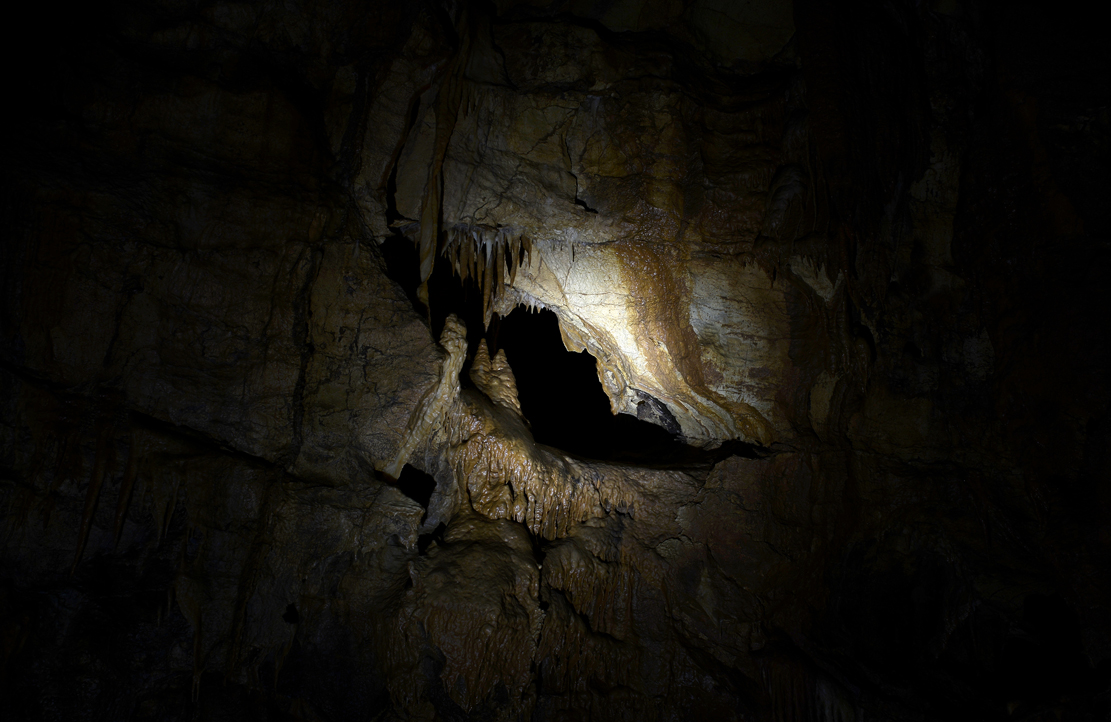
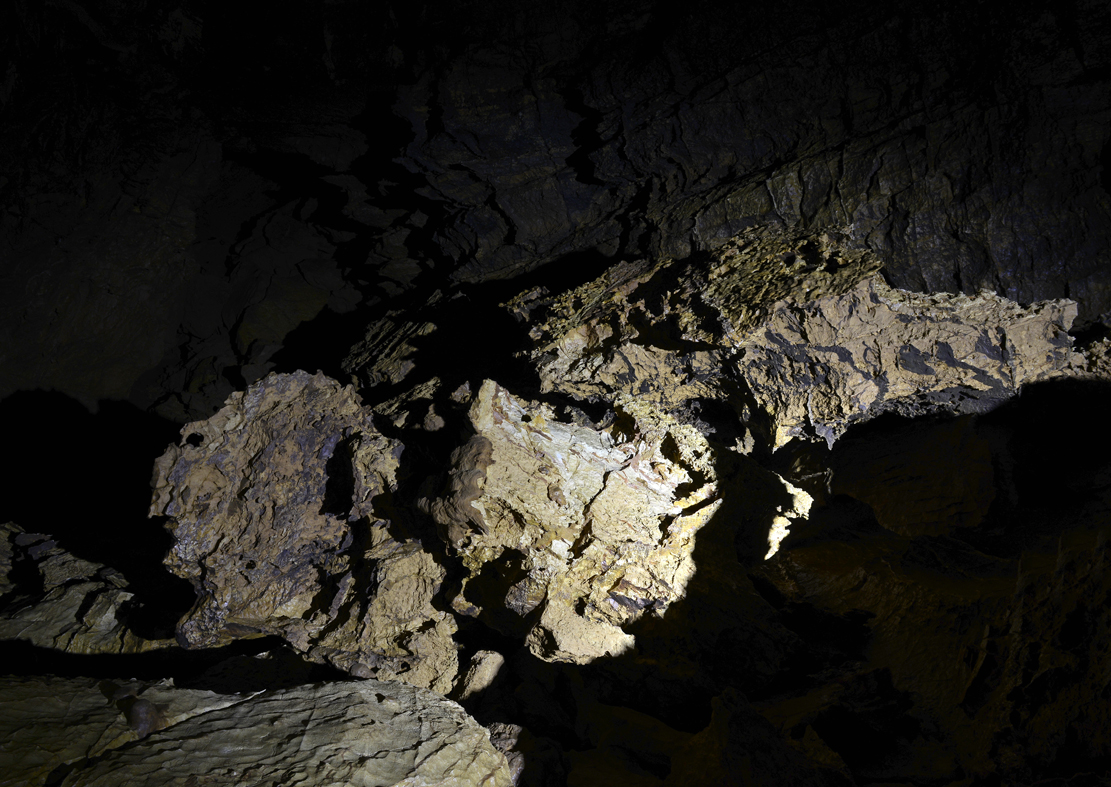
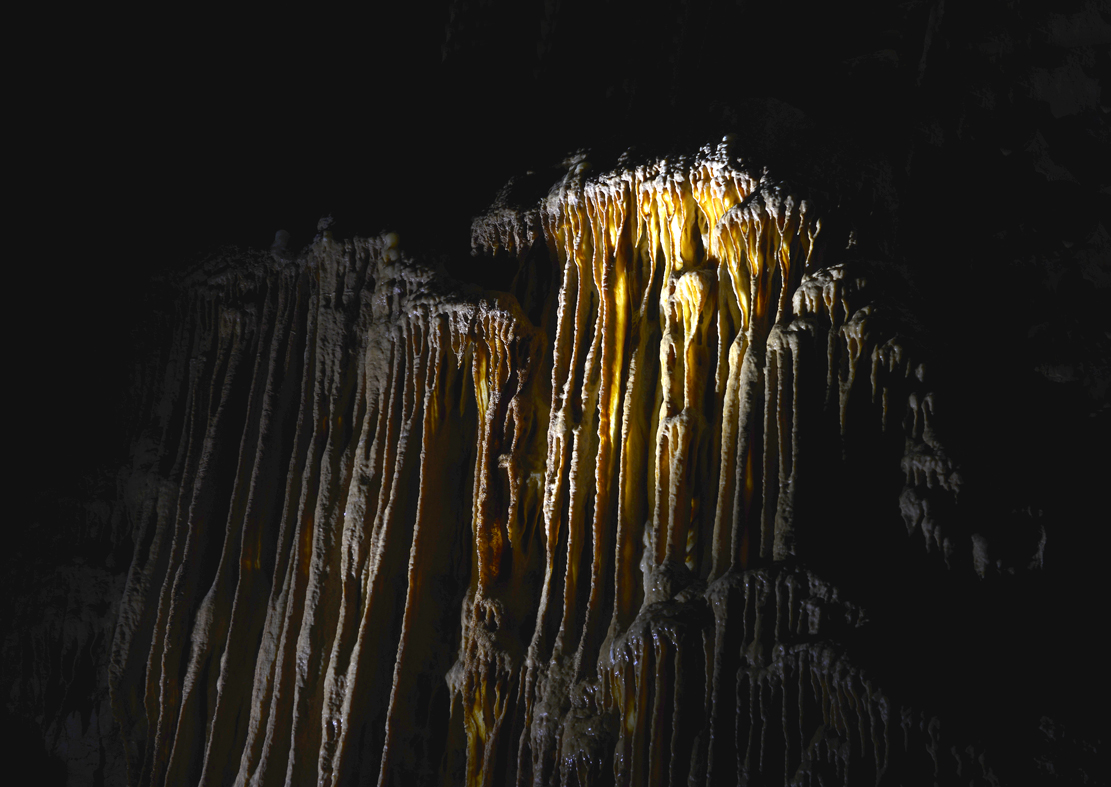
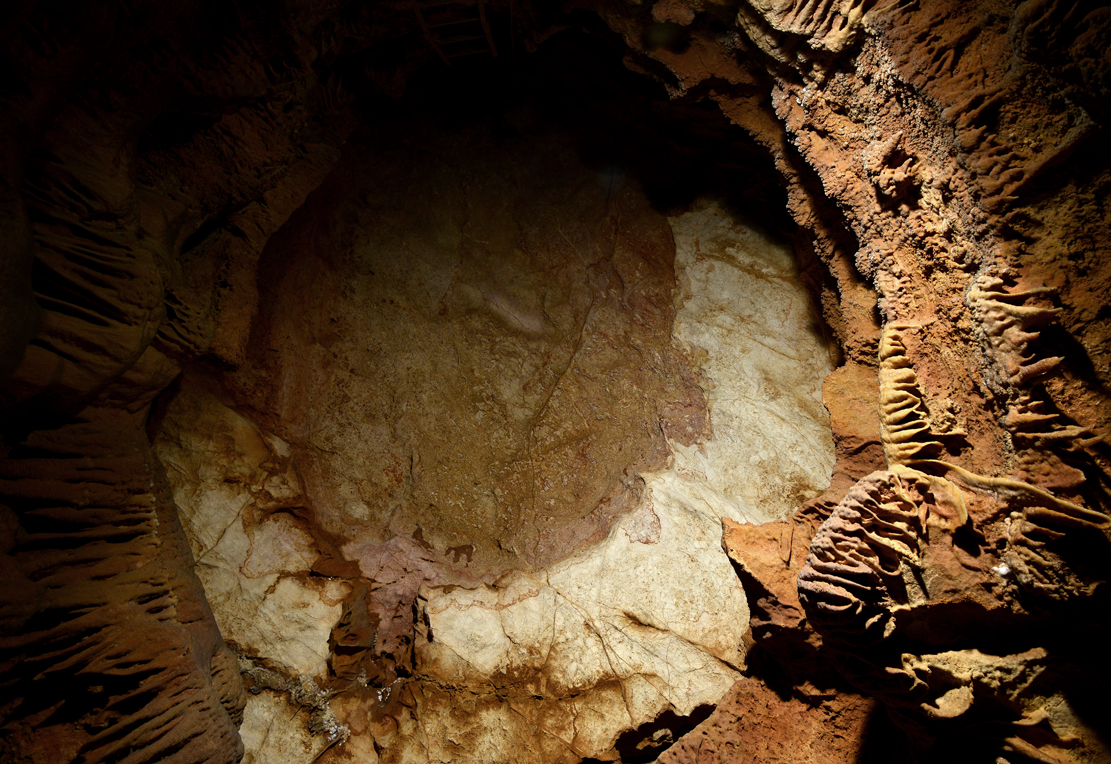
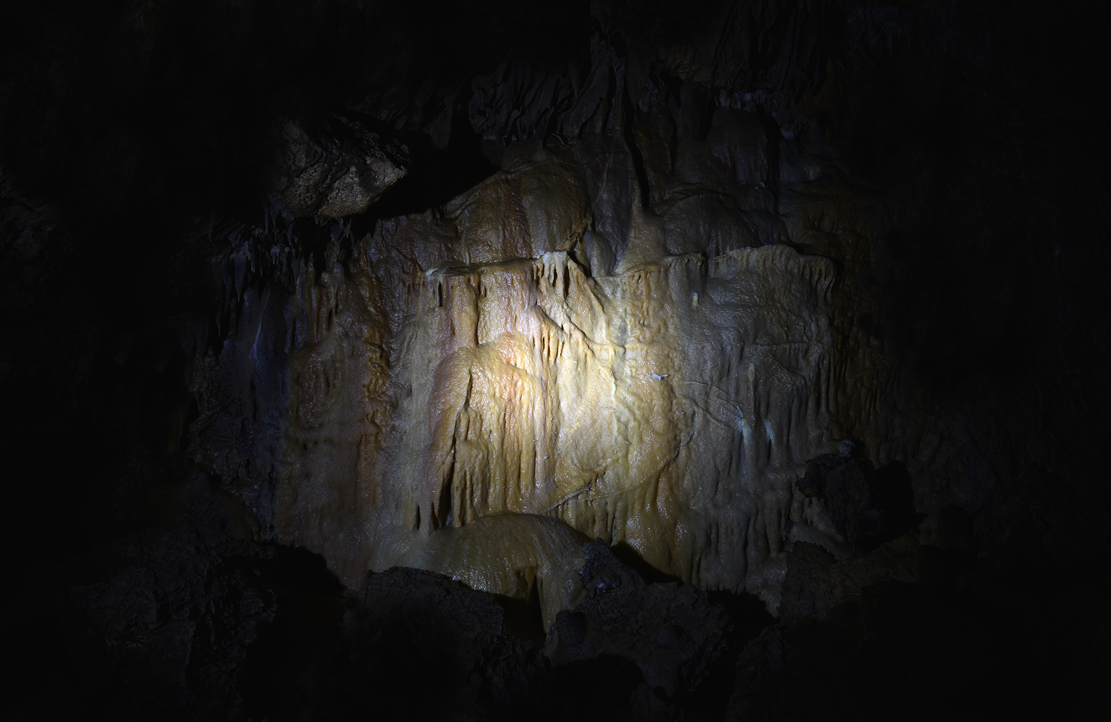
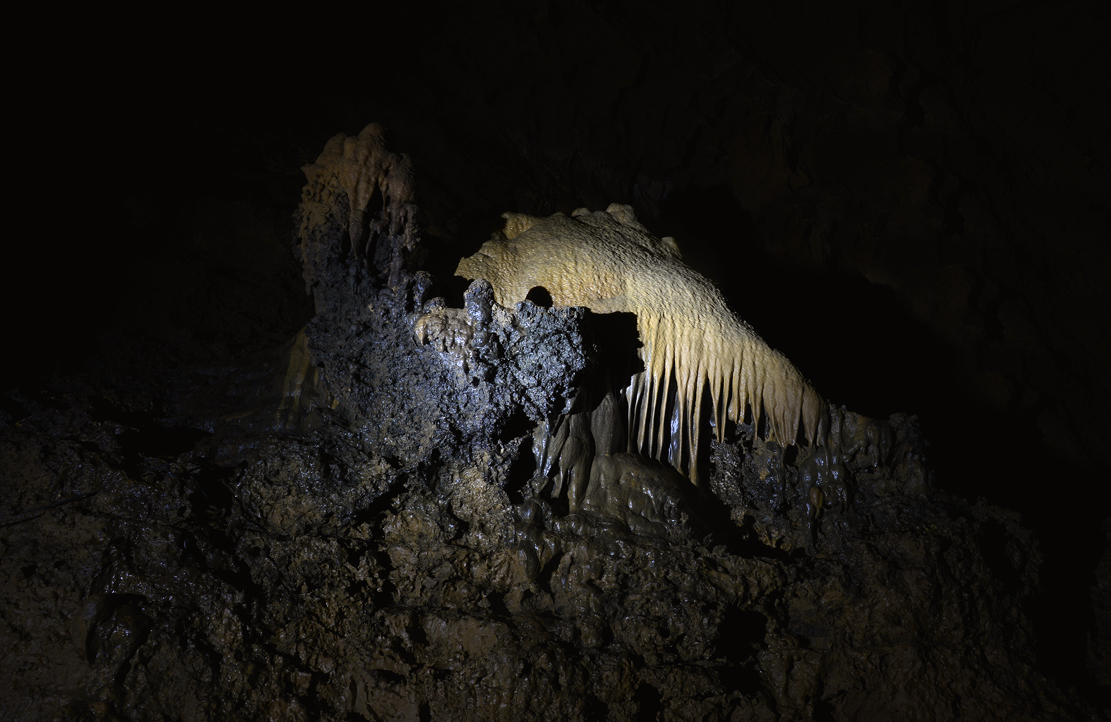
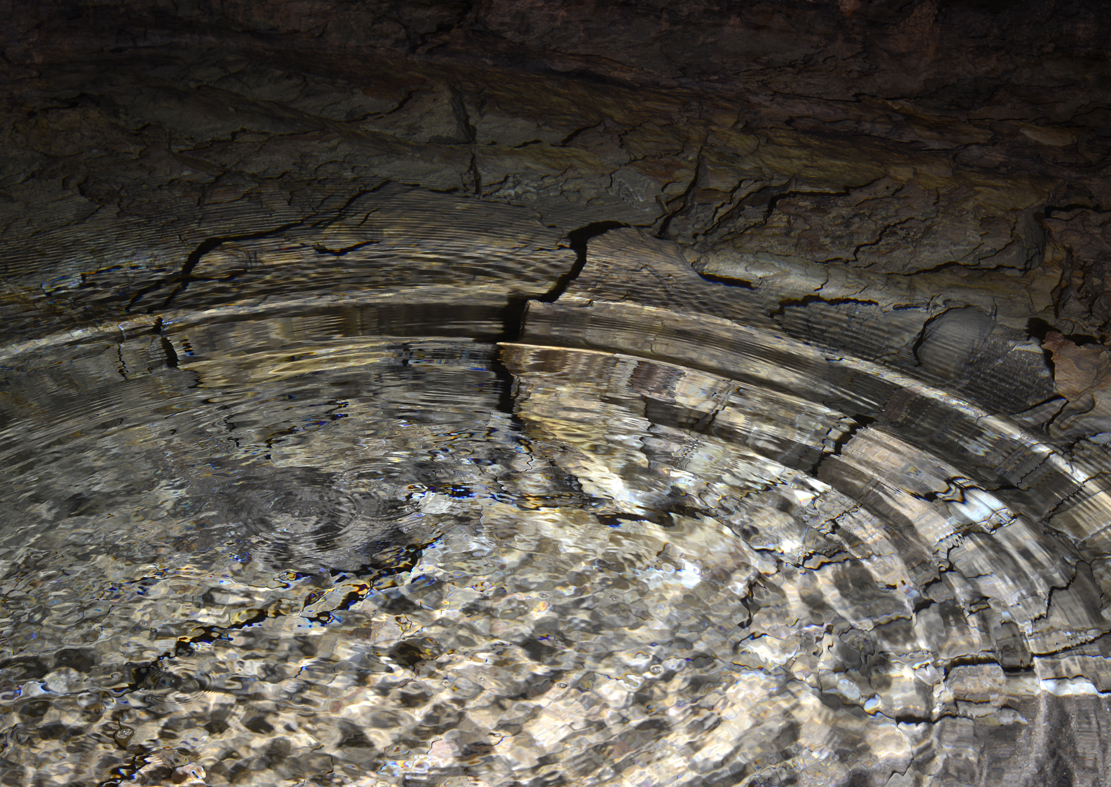
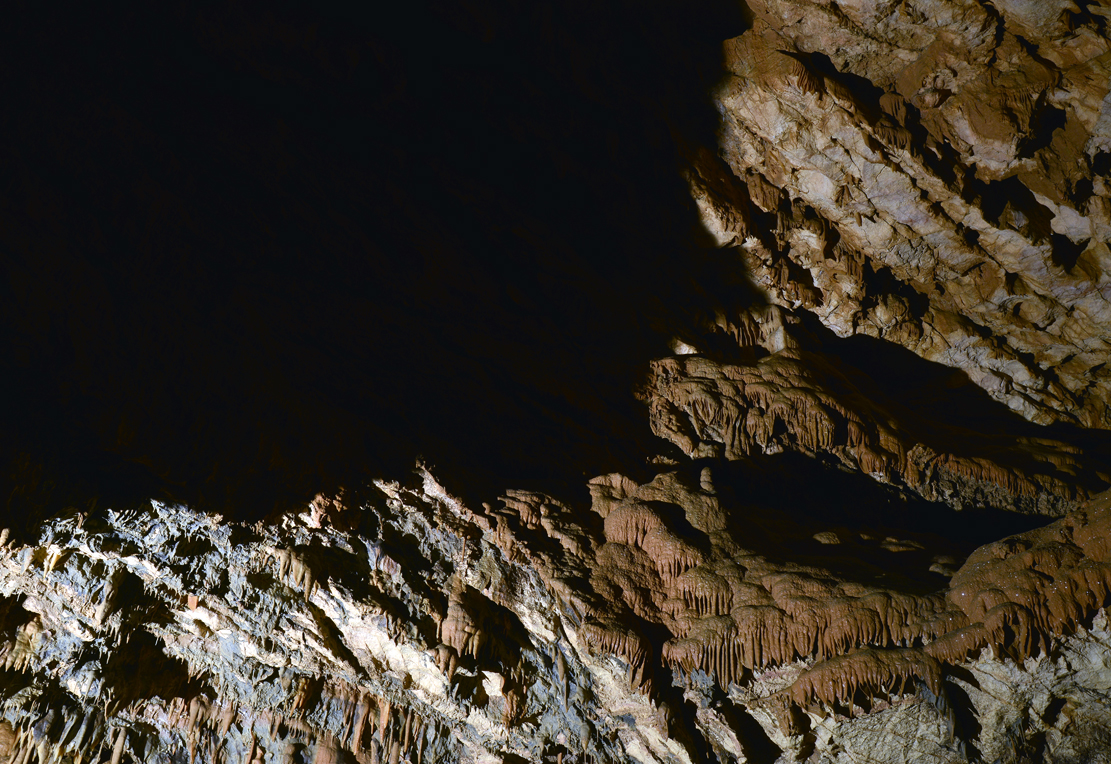
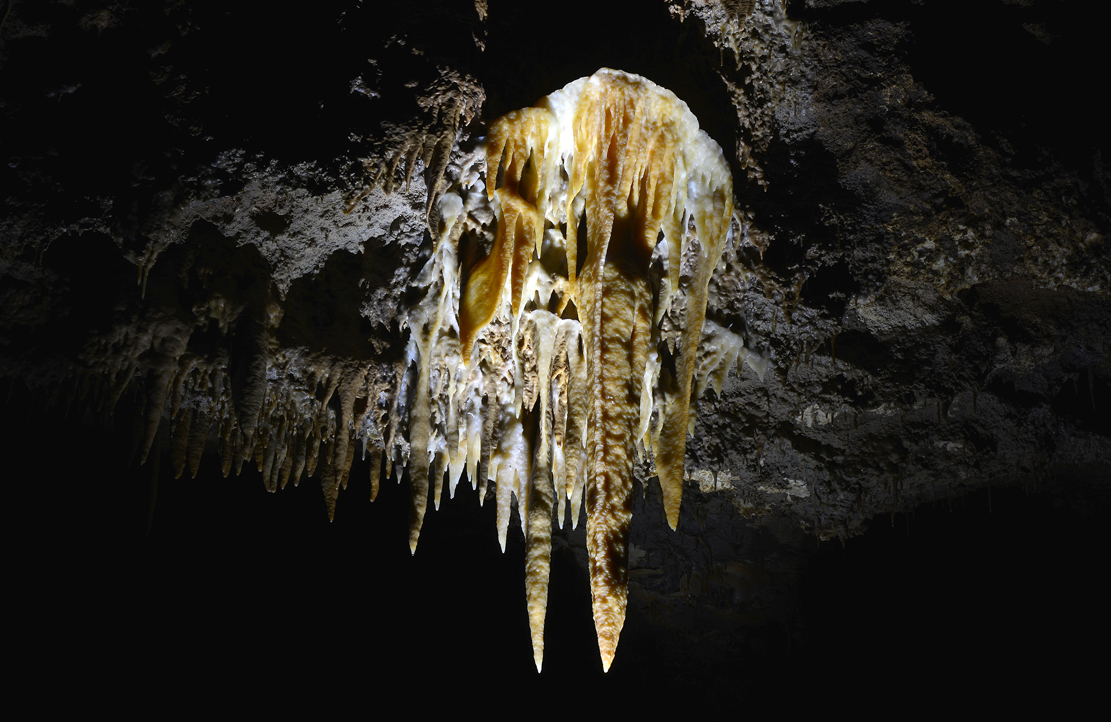
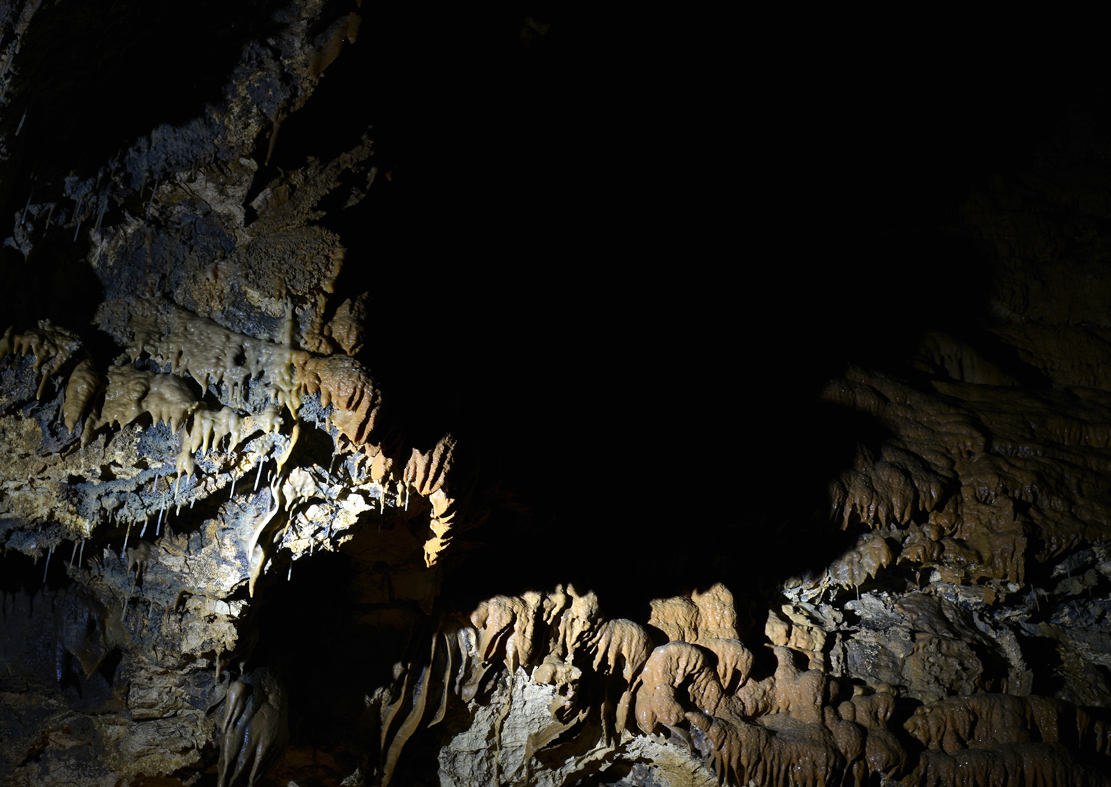
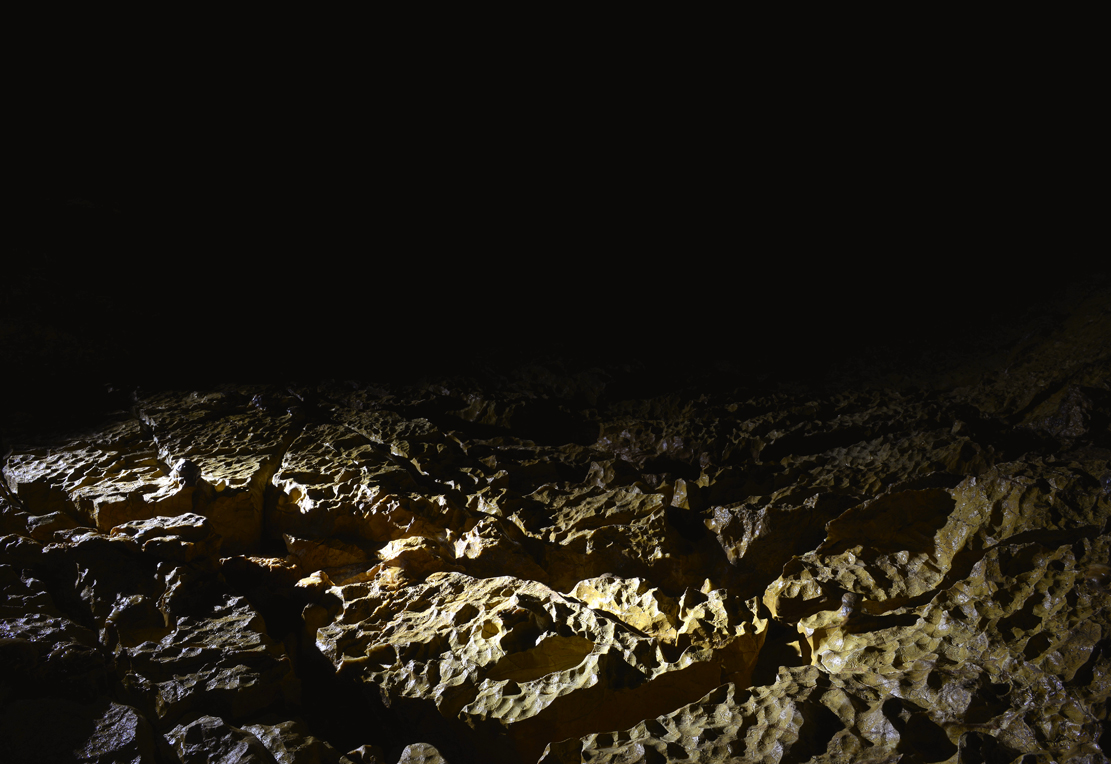
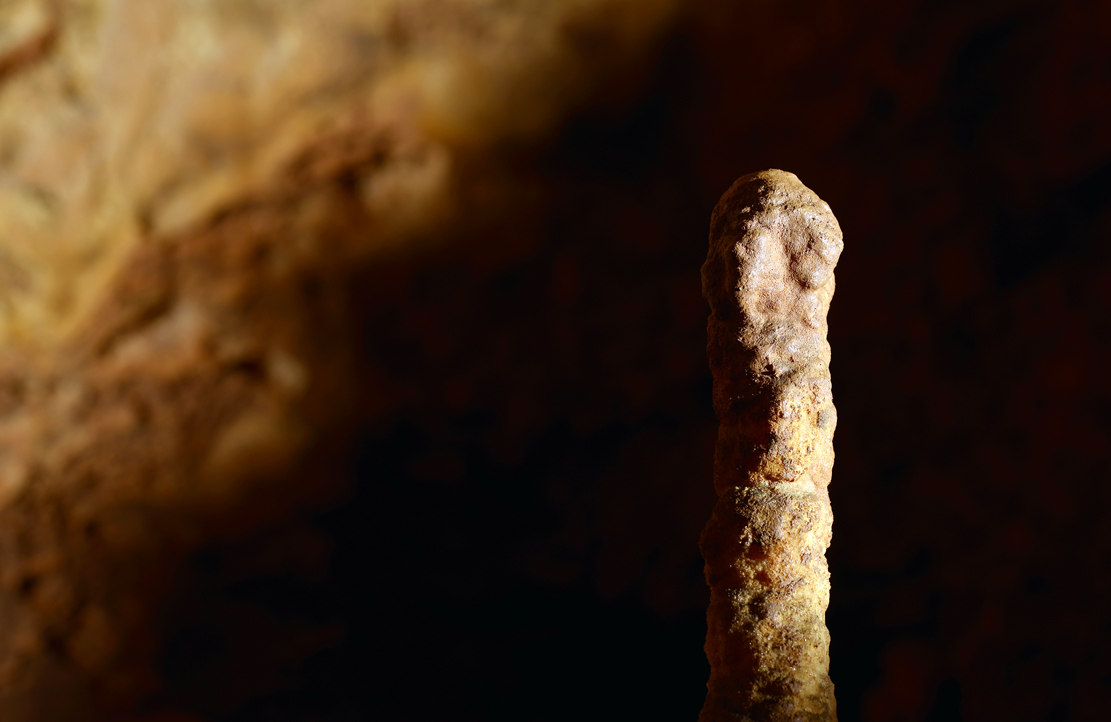
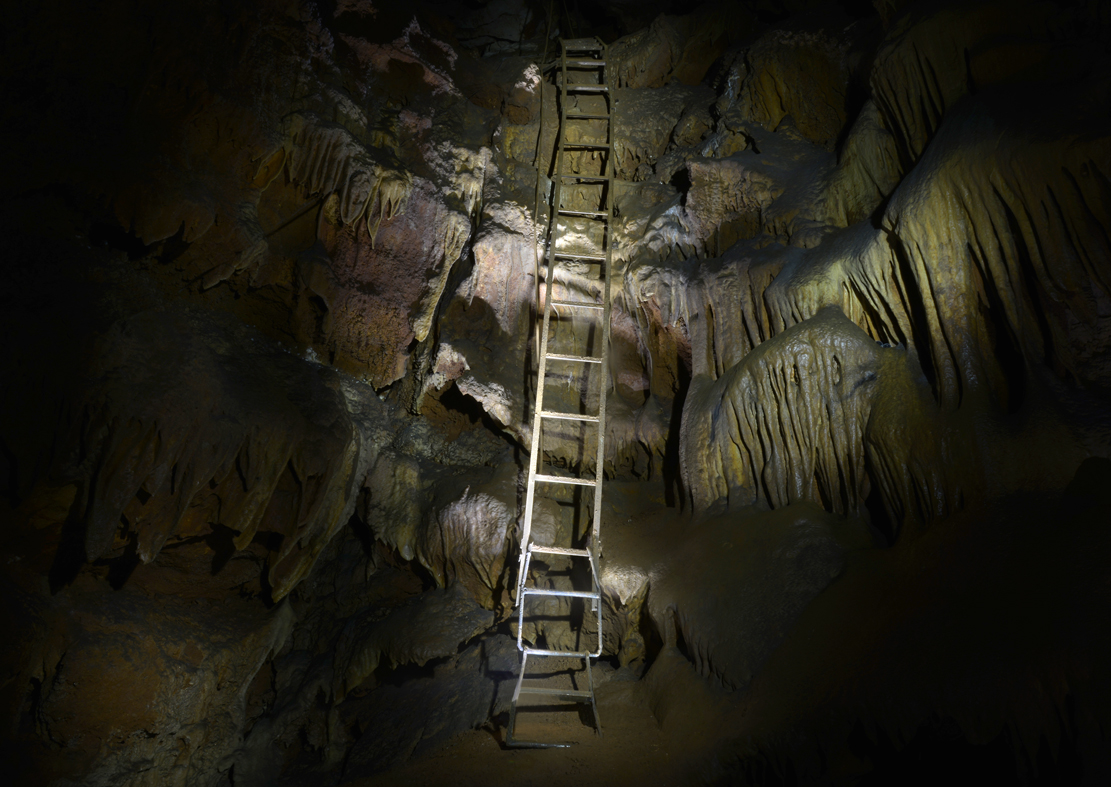
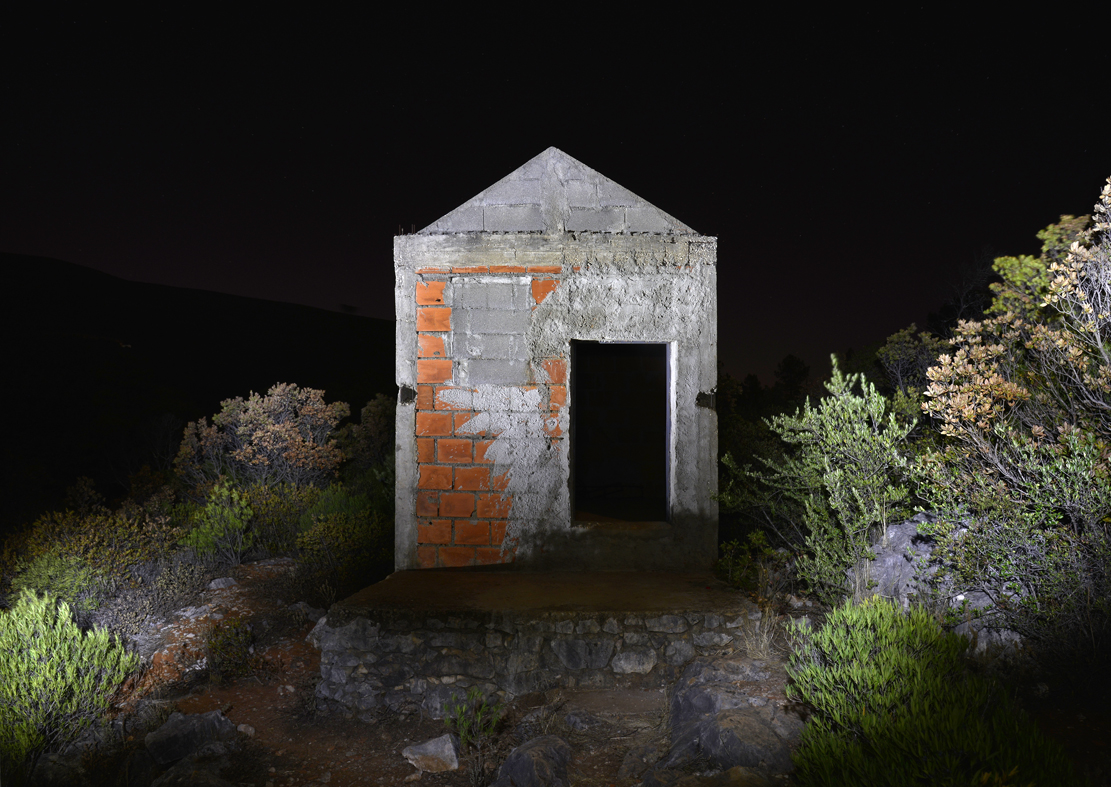
About This Project
Sempre me interpelou a procura da beleza oculta. Procura onde esta aparenta não existir ou onde, sendo explícita, se encontra escondida. Mergulhar nas Grutas do Almonda, foi a confirmação deste meu fascínio.
Ao olhar para aquelas formações e constatar que é na parte mais frágil que a mudança acontece, fez-me pensar no quanto isto se parece com as nossas vidas.
Os momentos de maior vulnerabilidade, às vezes até de limite, são aqueles em que mais crescemos; em que a vida se decide e constrói.
Também me impressionou a relatividade do tempo… Tão perene que é a nossa existência diante um santuário daqueles!
A água; as cores; as texturas; os apertos; as imensidões…
No fim, com as lanternas apagadas, ficar alí, sem falar, sem ouvir, sem nada ver de olhos abertos e até respirar fundo sem nada cheirar. Nenhum outro lugar me ofereceu a experiência física do silêncio absoluto.
I have always been searching for hidden beauty. A search where it appears not to exist or where, being explicit, it is nevertheless hidden. Diving in Almonda Caves was the confirmation of my fascination.
As I look at those formations and realize that it is in their most fragile parts that change takes place, it makes me wonder how much this is similar to our lives.
The moments of greatest vulnerability, sometimes even extreme ones, are those in which we grow the most; in which life is (re)built and takes a new direction.
I was also struck by the relativity of time … So perennial is our existence before such a sanctuary!
The water; the colors; the textures; the grips; the immensities …
At last, with the lanterns erased, to stand there, without speaking, without hearing, with nothing to see with open eyes and even to breathe deeply without anything to smell. No other place has offered me the physical experience of absolute silence.
Filipe Condado
Santuário, uma homenagem fotográfica às Grutas da Nascente do Almonda, é um projeto da Renova comissionado em 2017 ao artista português Filipe Condado (1973).
A Renova, enquanto marca, industria, organização humana ou mesmo local físico onde nasceu e que de alguma forma absorveu permanece fortemente influenciada pela geografia da Nascente do Almonda.
A construção do espaço industrial inicial da Renova, ao longo dos primeiros sete decénios do XX, hoje largamente em desuso, escondeu e protegeu a nascente do Almonda. Neste local encontram-se um conjunto de grutas que têm sido cientificamente estudadas e que têm vindo a dar origem a um grande e importante número de descobertas entre as quais o achado do célebre crânio hominídeo, Aroeira3.
Desastres naturais, degradação ambiental, atividade humana, pressão demográfica têm feito quase desaparecer o planeta na sua forma «natural».
A necessidade de preservar a terra e a vida de um planeta intocado é objecto principal deste novo projecto de arte Renova: «é preciso preservar o que existe» como tão bem disse o conhecido fotógrafo Sebastião Salgado.
Pretendemos mostrar a beleza e o encanto do nosso planeta, neste caso das Grutas do Almonda, contribuindo para a reversão dos danos causados bem como para a sua preservação futura.
A ideia nasceu de uma interessante conversa na Renova com o arqueólogo Professor João Zilhão (Lisbon, 1957). Conversa justamente sobre o conceito de santuários naturais que me é tão cara. Desafiei Filipe Condado para a realização do projecto. Filipe Condado tem uma grande capacidade de tratar texturas entre luz e sombra criando ambientes de rara e misteriosa beleza… Trabalhando em condições difíceis, dentro de grutas, usando luz de forma parcimoniosa, Condado criou uma coleção de imagens de cortar a respiração em que o mistério da relação luz- sombra faz estender os detalhes até um infinito imaginado.
É esse misterioso e intocado local que a Renova considera ser «santuário» de preservação obrigatória para o futuro, para que se continue a manter como no tempo do Genesis!
Agradeço todo o tempo, energia e paixão que tantos dedicaram a este trabalho, juntando-se assim neste acto que é uma declaração de amor para com o planeta.
Sanctuary, a photographical homage dedicated to the “Nascente do Almonda” (Almonda Spring) Caves, is a project commissioned by Renova in 2017 to the Portuguese artist Filipe Condado (Lisbon, 1973).
Renova, as a brand, industry, human organization, or even as the physical place where it was born and, to a certain extent, absorbed the spring, remains strongly influenced by the geography of the “Nascente do Almonda”.
The construction of Renova’s initial industrial space, today largely disused, concealed but, in doing so, protected the “Nascente do Almonda” during the first seven decades of the 20th century. At this location are numerous caves that have been scientifically studied, giving rise to a number of great and important discoveries including the famous hominid skull, Aroeira 3.
My dream stands as such that were this hominid to come back today, it would recognize the “Nascente do Almonda” Caves as it once stood. The idea of Sanctuary was born of an interesting conversation in Renova with the archaeologist Professor João Zilhão (Lisbon, 1957). We discussed the concept of natural sanctuaries. Natural disasters, environmental degradation, human activity, and demographic pressures has nearly made the ‘natural’ form of our planet disappear.
The need to preserve the land and the life of an untouched planet is the main objective of Renova’s new artistic project: “one must preserve what exists,” as quoted by the renowned photographer Sebastião Salgado.
We intend to show the beauty and charm of an untouched planet, in this case, of the “Nascente do Almonda” Caves, contributing to the reversal of damage caused as well as to its future preservation.
I challenged Filipe Condado to carry out the project. Filipe Condado has a great ability to treat textures of light and shadow creating environments of a rare and mysterious beauty… Working in difficult conditions within the caves while using light parsimoniously, Condado created a collection of breath-taking images in which the mysterious relationship between light and shadow extend all details to an imaginary infinity, seeming to guide us into a time of Genesis. It is this mysterious, untouched sanctuary that Renova deems obligated to preserve for the future!
I am thankful for all the time, energy and passion that so many have dedicated to this work, joining, in this act, a declaration of love towards the planet.
Paulo Pereira da Silva
Foi como jovem espeleólogo que, em princípios dos anos 70, me comecei a familiarizar com o ambiente de gruta em que depois viria a desenvolver boa parte da minha carreira de arqueólogo. A Gruta do Almonda foi uma das primeiras cavidades que visitei, não imaginando, na altura, que um dia lá voltaria tantas vezes, se bem que por trabalho em vez de desporto. No entanto, nem o tempo passado nem a repetição das visitas me fizeram esquecer a sensação única que se tem ao experimentar pela primeira vez os efeitos da pouca iluminação de que o espeleólogo dispõe ao penetrar no mar de escuridão absoluta que jaz para lá da entrada de uma gruta. A luz difusa e dançante dos gasómetros de acetileno que então se usavam alternadamente revelava, ocultava, ou constantemente fazia ver de outra maneira a multiplicidade de perspectivas e pormenores ofertada pelo complexo relevo natural do carso subterrâneo. Esses efeitos de iluminação, que os homens do Paleolítico tão bem souberam utilizar para emprestar volume e movimento às suas representações animalistas, reconhecem-se imediatamente nas imagens de Filipe Condado. Se é certo que nada pode substituir a experiência física da exploração, não é menos verdade que estas fotografias representam na perfeição o ambiente fantasmagórico que o espeleólogo bem conhece e que a visita de uma qualquer muito bem iluminada gruta turística não poderá nunca reproduzir. Sendo arte contemporânea, as fotografias de Filipe Condado não deixam por isso de ser também arte das cavernas. Acho que é o melhor elogio que se lhes pode fazer.
It was as a young speleologist that, in the early 1970s, I began to familiarize myself with the cave environment in which I would later develop a good part of my career as a professional archaeologist. The Almonda was one of the first cave systems I visited, not imagining at the time, that I would be returning very often, albeit for work instead of sport. Neither the time elapsed nor the recurrent visits made me forget the unique sensation of experiencing the effects of illumination, a speleologist feels, when entering the sea of absolute darkness that lies beyond the entrance of a cave for the first time. The diffuse and dancing lights of the acetylene gasometers alternatingly revealed, concealed, or constantly displayed the multiplicity of perspectives and details offered by the complex natural relief of the subterranean karst. These effects of illumination, which the people of the Paleolithic have so well used to lend volume and movement to their animalistic representations, are immediately recognized in the images of Filipe Condado. While the fact remains that nothing can replace the physical experience of exploration, it is nonetheless true that these photographs perfectly represent the ghostly environment any speleologist is familiar with and that the visit of any well-lit touristic cave can never reproduce. Even though contemporary art, the photographs of Filipe Condado are also cave art. I believe this is the best compliment you can give them.
João Zilhão


